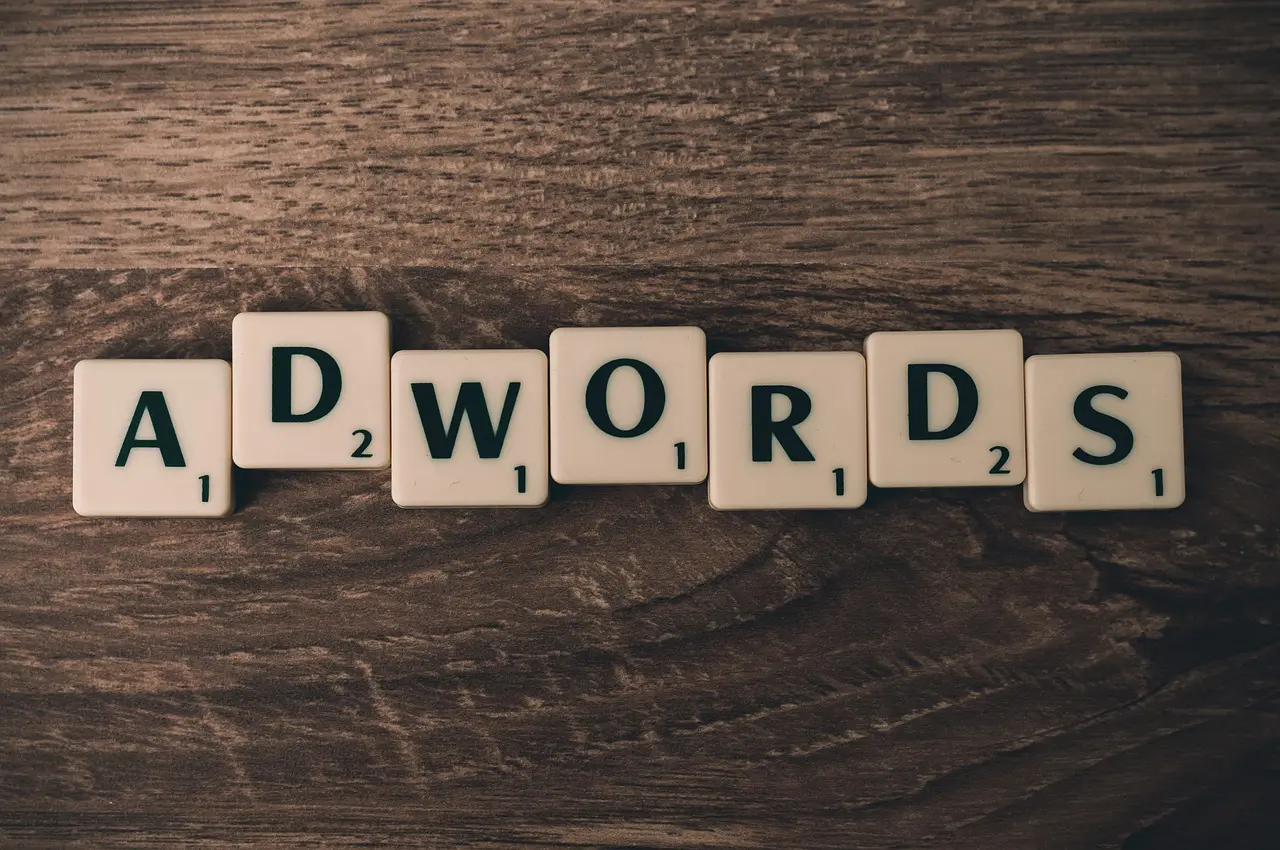Let’s cut to the chase. There are two ways to get your website listed at the top of a search engine.
- organically
- paid ads
To reach the top of the SERP organically, you need to rely on Search Engine Optimization (SEO) techniques like tailoring your keywords to your target audience, writing compelling, share-worthy articles, using quality graphics, and maintaining a mobile-friendly website (just to name a few).

(Pixabay / FirmBee)
Since SEO can take significantly longer to bring your website up to the top spots, you might want to go the Google Ads route until you can bring your site up organically. If you’re just now learning about Google Ads, the premise is pretty simple: you pay Google to list your ad at or near the top of the Search Engine Results Page (SERP), they charge you a fee every time a person clicks on your ad, and your goals is to get a significant Return on Investment (ROI) when people go to your website, store, or make a call from the ad.
Since we as humans generally prefer instant gratification, customers don’t often continue past page one of search engine results. Having your ad positioned at or near the top of the SERP alleviates work for the searcher, which means that you’re almost guaranteed to get an increased amount of traffic to your website.
Google Ads can be a powerful marketing strategy while you are building your rankings organically, but you may be hesitant due to some rumors that have circled the internet. We’re here to bust those myths.
Myth #1: Google Ads will cost you a lot of money
When you set up your Google Ad, Google will recommend a budget based on the competitiveness of your industry, but you have full control to adjust that as you see fit. And if you’re worried that your competitors will click on your ads to burn your cash, you can rest easy there, too. Google keeps track of IP addresses and logged in Gmail accounts to distinguish between legitimate and wasteful clicks to make sure that your advertising budget goes to good use.
Myth #2: All Ads Cost the Same
Ad prices will vary based on the competitiveness of your industry. It’s like an auction. If there is more interest then people will be willing to pay more.
For example, there is more interest from advertisers in the real estate industry because there is more money to be made. For that reason, costs per click will be more. However, there is less money per transaction to be made selling popcorn, so the competition to inflate ad costs is less.
Even then, there is an additional factor in determining the cost of your clicks, Google’s quality score of your ad. This score uses a sophisticated algorithm to balance out the relevance of your ad to its landing page, and search query while considering the previous click-through rate and performance of keywords. Better ad = lower cost per click. It can sound pretty complicated, but there are programs out there that can help you increase your quality score, which can give you more exposure while keeping your costs low.
Myth #3: The Landing Page Doesn’t Matter
Don’t make the rookie mistake of linking your Google Ad to your homepage. When customers are searching for “Custom Trucker Hats” and you’re a hat-making company, your advertisement for trucker hats should take your customer directly to the section of your website that deals with those hats. If you link directly to your homepage, customers might look around for a little bit to get the feel of your website, but they might also jump ship if they don’t immediately see what they’re looking for. Spend a little extra time smoothing out any wrinkles in your ad to make the experience seamless for your potential customers by sending them to the most relevant final destination.
Myth #4: The Top Spot is the Best Spot
It seems a little counterintuitive to say that the top spot isn’t necessarily the best spot, but it’s true. People tend to click on the top spot just because it’s first, but they don’t always read through the description well enough to be sure that the website will meet their needs. This can lead to a lot of click-throughs with little actual return, and at a higher cost per click since it was in the first position. The second to fifth spots can provide almost as much traffic while yielding a higher conversion rate and costing you less per click.
Using purposeful SEO techniques to raise your ranks organically can take time, but it can also yield the best return on your investment. Until you get your rankings where you want them, Google Ads can help you get the exposure to grow your business and expand your reach. Google Ads can provide a substantial boost in web and foot traffic to your business, but it’s vital that you go about it with the correct information. Remember, Google is a business that is looking to make money, and it will take your money as long as you are shelling it out. To make the most of your budget, consider using a combination of paid and organic rank-boosting techniques.